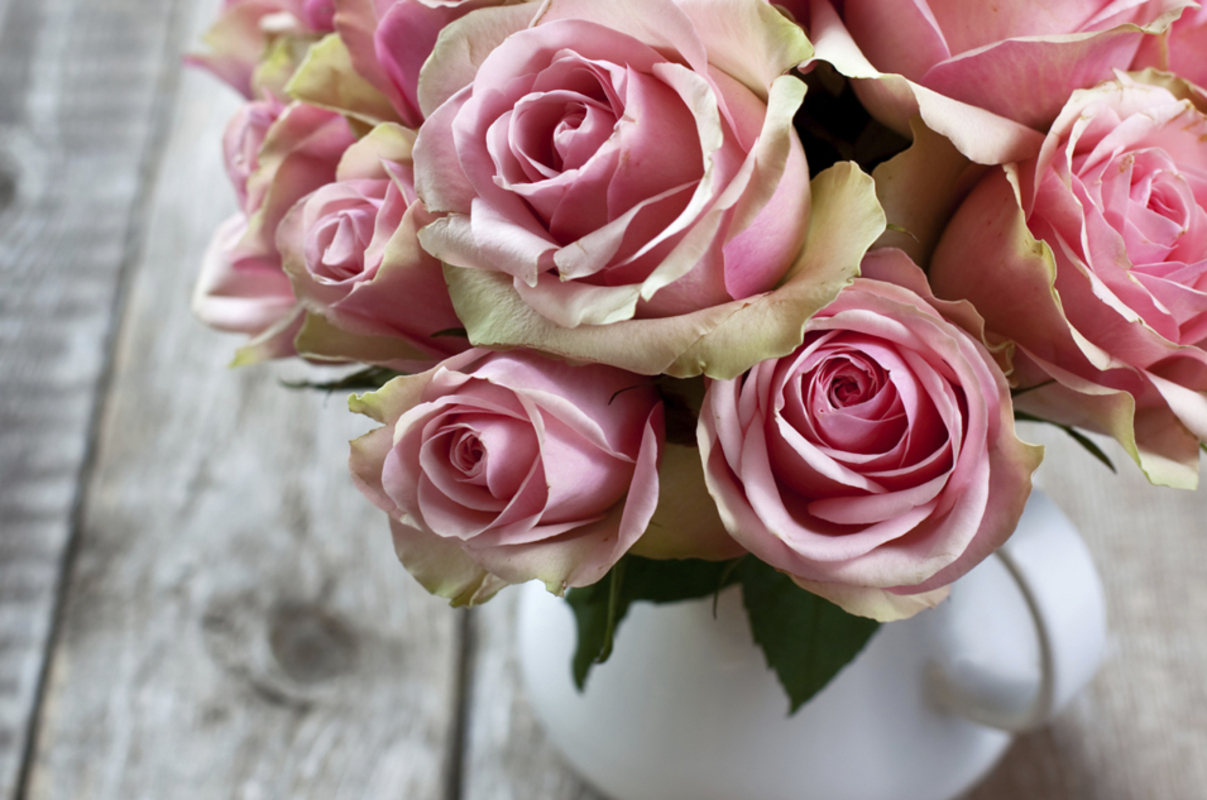
Choosing Sympathy Flowers
You don’t have to be a professional florist to know what flowers to include in your sympathy arrangement. Here is a guide on how to choose sympathy flowers, including types of flowers to send and their meanings.
Food and flowers can bring a measure of comfort to those grieving the loss of a loved one. While food feeds the body, flowers feed the heart of the bereaved. With their vivid colors and beautiful scents, flowers bring a glimmer of hope and happiness during the mourning period. You can send them to visitation, the funeral service, graveside, the family’s home, or to the office. While flowers like roses and lilies have traditionally been used in arrangements and will never go out of style, it is becoming increasingly common to use a greater variety of flowers and more personalized sympathy notes.
The History of Funeral Flowers
When you learn how long human beings have been using flowers as a tribute to dead loved ones, you’ll understand why they bring such comfort. It seems as if flower pollen has somehow become part of our DNA. In 1951, an American archaeologist unearthed several incredibly old burial sites in Iraq, and collected soil samples from the graves for pollen analysis. What he found was astounding: the samples were dated around 62,000 B.C. and it was concluded that no birds or animals could have possibly placed the flowers where the pollen was located. Even as long ago as this, grieving loved ones collected flowers for their loved one’s funeral as a beautiful tribute.
Why We Still “Collect” Flowers for Our Loved Ones
We are still “collecting” flowers and sending them as an expression of our love for the deceased as well as their family. When someone we love dies, it is beyond challenging to put into words our thoughts and feelings. Flower are sent as a visual expression of our love, sympathy and respect. Besides sharing the burden of grief, sympathy flowers also:
- Add visual warmth to the services.
- Act as a reminder of the love and support the family received through the funeral and will continue to receive.
- Offer beauty and joy to a very sad and depressing time in people’s lives.
- Illustrate the beautiful symbolism of our mortality and the wondrous transformation of life into death.
- Honor the dead and console the living.
The Best Time to Send Sympathy Flowers & Where to Send Them
Traditionally, sympathy flowers are sent either to the funeral home for visiting hours or to the church for the service. Increasingly, many people are now choosing to send sympathy flowers a week or more after the service and to the family’s home as a way to remind the bereaved that they are still in people’s thoughts through the grieving process.
Typically friends and family will be available immediately after a loved one has passed, offer a lot of attention and condolences, and then after the funeral and burial, leave town and go back to their everyday lives. Even if you send flowers to the service, consider sending flowers a month or so after the funeral to the family’s home to remind them they are loved.
Different Flowers and Their Meaning
When choosing sympathy flowers, you may be focusing on which are the prettiest ones, but many traditional funeral flowers have significant meaning attached that you should be aware of. Here are some to consider:
Lilies: With their stark, waxy white petals and strong aroma, lilies have long been the go-to funeral flowers that contain significant meaning. Lilies symbolize the spiritual journey of the departed and that their soul has returned to a state of grace and peace.
Roses: Roses are a wonderful choice for sympathy flowers because not only is their scent lovely, but each color offers a different meaning. For instance, white roses naturally symbolize purity and spirituality whereas deep red roses symbolize love and grief. Pink roses are typically used to express gratitude while yellow roses symbolize a special bond of friendship. Consider mixing roses in with other flowers when ordering casket or standing sprays.
Orchids: What a beautiful flower and a gorgeous meaning of “I will always love you.” If you want to send something special to the family’s home after the services, consider sending a whole orchid plant which will last much longer than orchids cut for an arrangement.
Carnations: Have you ever wondered why so many sympathy flowers contain pink carnations? It may be because for Catholics and other Christian religions, pink carnations are believed to be created from Mary’s tears. Whether that is your personal belief or not, carnations are simple, delicate flowers with a lovely sweet scent and just make people happy.
Hydrangeas: It’s hard to see a Hydrangea and not smile – that is the effect they have on most people – and that is the effect you are trying to elicit with your sympathy flowers. While the meaning of this flower is a bit ambiguous, many believe they symbolize true and deep heartfelt emotions. As with orchids, the whole plant versions will always last longer than the cut arrangement.
Is it Disrespectful to Send Bright, Happy Flowers?
A sympathy arrangement doesn’t necessarily have to be dark and somber. According to Teleflora, an arrangement filled with springtime colors – pink, yellow and lavender, for example – are a reminder of hope during one of the most difficult times in their life.






